Solar Analemma For The Year 2015 Shot At Sulmona, Abruzzo, Italy.
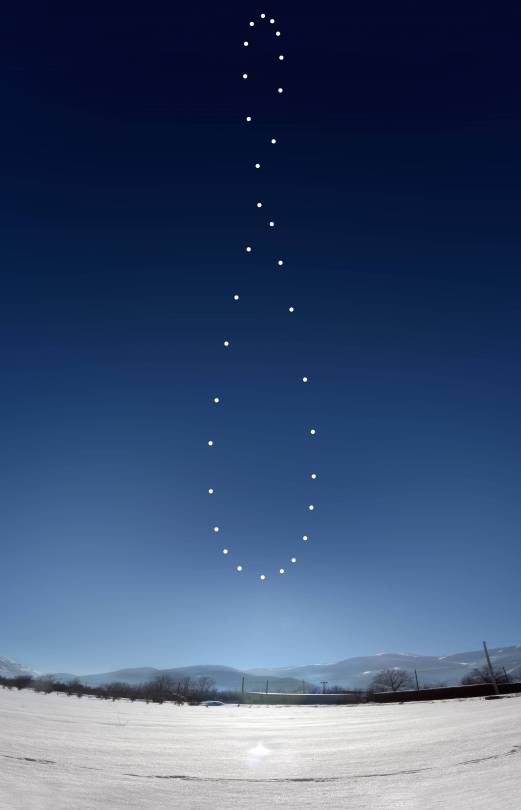
Solar Analemma for the year 2015 shot at Sulmona, Abruzzo, Italy.
js
More Posts from Allisonkitten and Others


Moon+Saturn
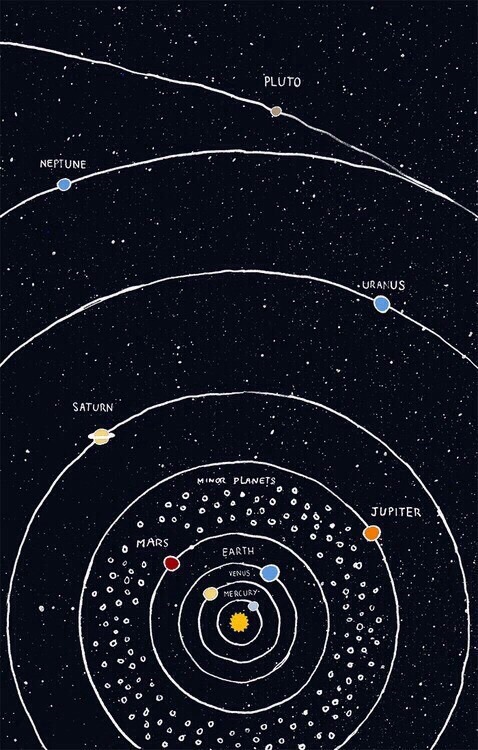

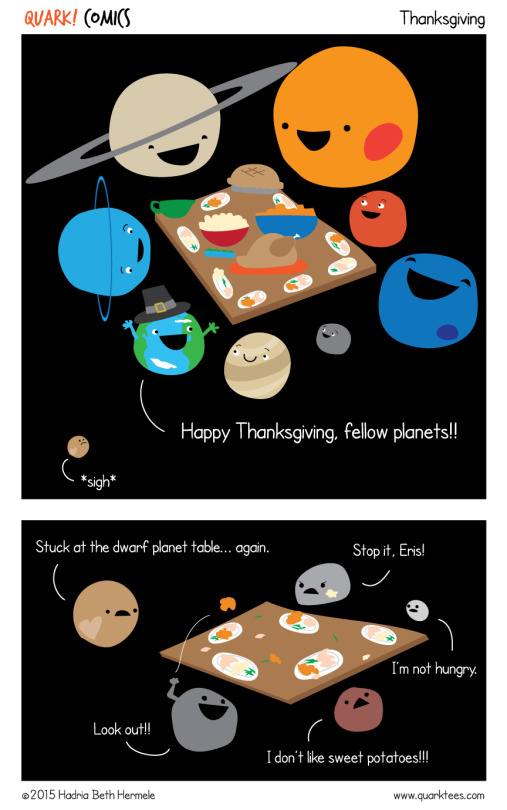
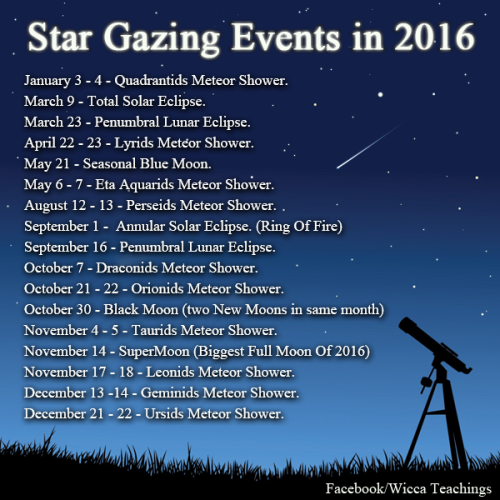
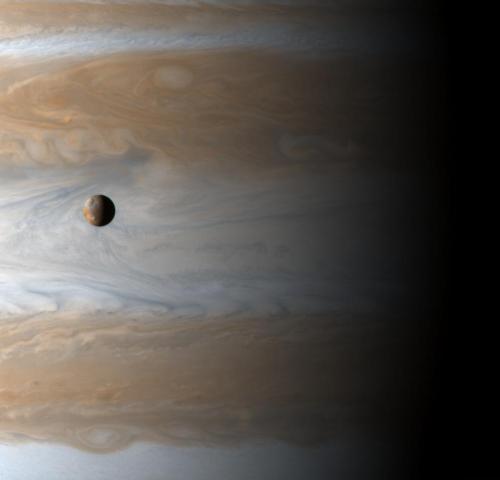
Io: Moon over Jupiter. Captured by the Cassini spacecraft on April 8th 2012.
js
The Shakespearean Moons of Uranus
This weekend marks the 400th anniversary of Shakespeare’s death, and we’re highlighting the moons of Uranus; some of which are named after characters from his works.

While most of the moons orbiting other planets take their names from Greek mythology, Uranus’ moons are unique in bing named for Shakespearean characters, along with a couple of them being named for characters from the works of Alexander Pope.

Using the Hubble Space Telescope and improved ground-based telescopes, astronomers have discovered a total of 27 known moons around Uranus.
Here’s a sampling of some of the unique aspects of the moons:
Miranda

Shakespearean work: The Tempest
Miranda, the innermost and smallest of the five major satellites, has a surface unlike any other moon that’s been seen. It has a giant fault canyon as much as 12 times as deep as the Grand Canyon, terraced layers and surfaces that appear very old, and others that look much younger.
Ariel

Shakespearean work: The Tempest
Ariel has the brightest and possibly the youngest surface among all the moons of Uranus. It has a few large craters and many small ones, indicating that fairly recent low-impact collisions wiped out the large craters that would have been left by much earlier, bigger strikes. Intersecting valleys pitted with craters scars its surface.
Oberon

Shakespearean work: A Midsummer Night’s Dream
Oberon, the outermost of the five major moons, is old, heavily cratered and shows little signs of internal activity. Unidentified dark material appears on the floors of many of its craters.
Cordelia and Ophelia

Shakespearean works: Cordelia - King Lear; Ophelia - Hamlet
Cordelia and Ophelia are shepherd moons that keep Uranus’ thin, outermost “epsilon” ring well defined.
Between them and miranda is a swarm of eight small satellites unlike any other system of planetary moons. This region is so crowded that astronomers don’t yet understand how the little moons have managed to avoid crashing into each other. They may be shepherds for the planet’s 10 narrow rings, and scientists think there must be still more moons, interior to any known, to confine the edges of the inner rings.
Want to learn more about all of Uranus’s moons? Visit: http://solarsystem.nasa.gov/planets/uranus/moons
Check out THIS blog from our Chief Scientist Ellen Stofan, where she reflects on the life and legacy of William Shakespeare on the 400th anniversary of his death on April 23, 1616.
Make sure to follow us on Tumblr for your regular dose of space: http://nasa.tumblr.com
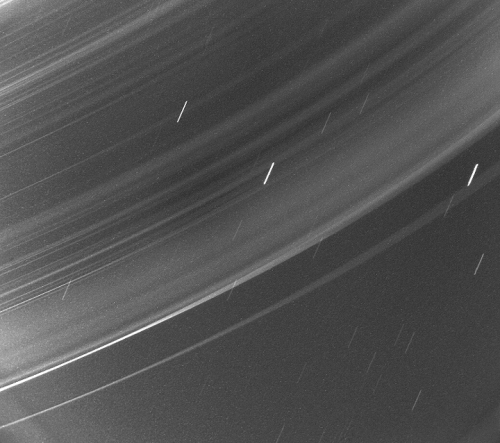
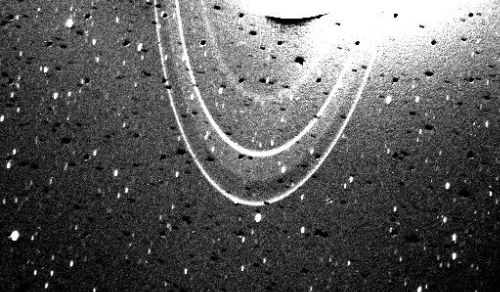

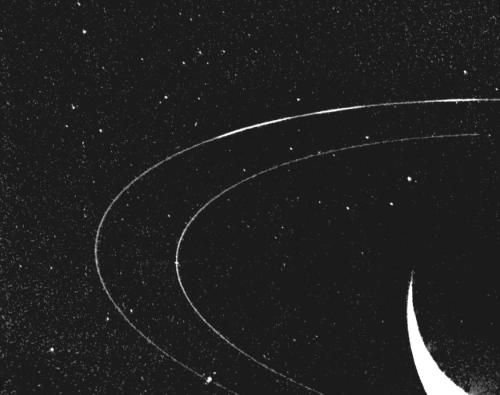
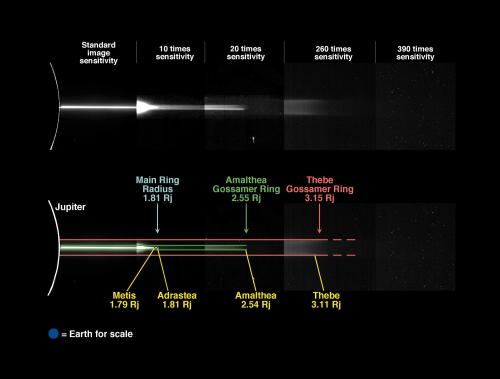
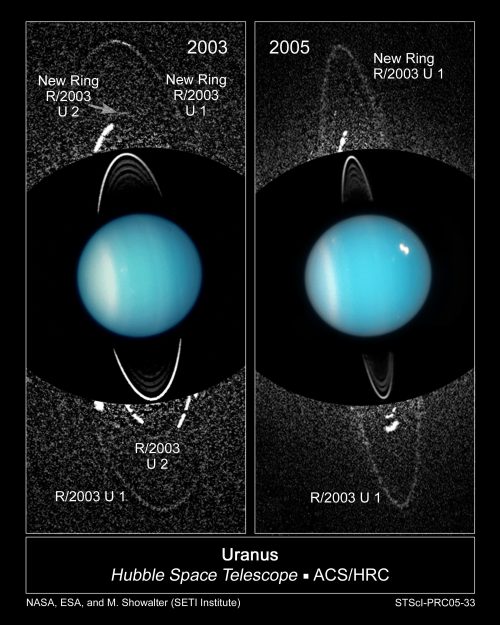
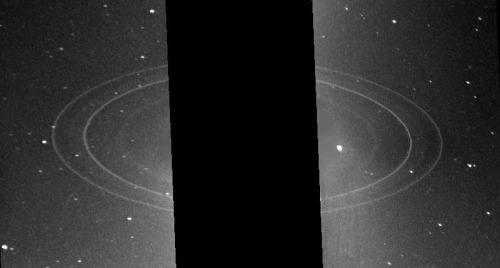
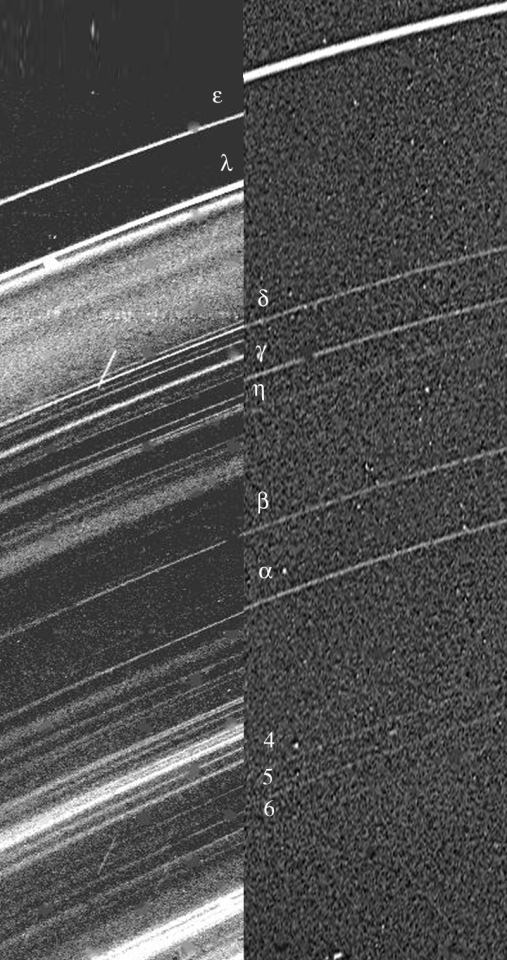
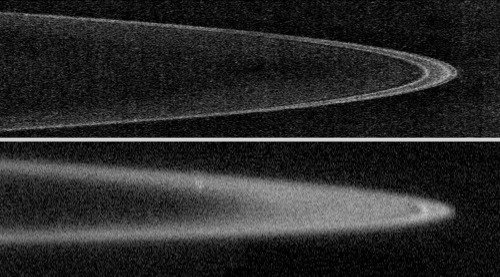
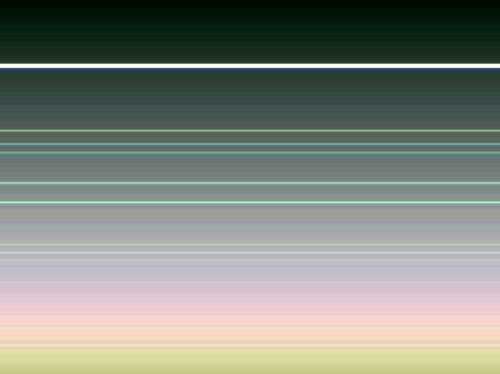
The Incredible Rings Of Uranus, Jupiter And Neptune
“It’s thought that these rings formed by organic compounds from either colliding, destroyed moons or ejecta via the extant moons. The small, innermost moons of Neptune and Jupiter shepherd their great, dusty rings. Contrariwise, Uranus’ rings simply are, consisting of mostly rocks up to 20 meters in size.”
We typically think of Saturn as our Solar System’s ringed world, thanks to its huge, glorious rings spanning nearly three times the diameter of the planet from tip-to-tip. But the other three gas giant worlds have their own impressive ring systems, with Jupiter, Uranus and Neptune boasting four, thirteen and five rings, respectively. While Neptune and Jupiter’s rings are exclusively created and shepherded by their inner, tiny moons, Uranus has a system somewhere in between those worlds and Saturn’s, having been discovered from the ground years before the Voyager spacecraft ever arrived. Go get the full story in pictures, animations and no more than 200 words on today’s Mostly Mute Monday!
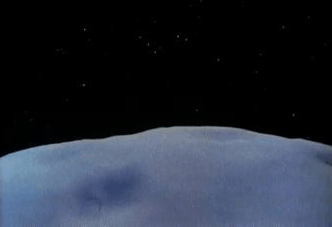
“There is not perhaps another object in the heavens that presents us with such a variety of extraordinary phenomena as the planet Saturn.”
—Sir William Herschel (1738-1822)
-
 icepickaxe liked this · 5 years ago
icepickaxe liked this · 5 years ago -
 doiye liked this · 6 years ago
doiye liked this · 6 years ago -
 16fahri liked this · 6 years ago
16fahri liked this · 6 years ago -
 trappedinavelociraptor liked this · 6 years ago
trappedinavelociraptor liked this · 6 years ago -
 mxlonerdesu-blog liked this · 6 years ago
mxlonerdesu-blog liked this · 6 years ago -
 theapparatusissublime reblogged this · 6 years ago
theapparatusissublime reblogged this · 6 years ago -
 theapparatusissublime liked this · 6 years ago
theapparatusissublime liked this · 6 years ago -
 tyyiyi liked this · 6 years ago
tyyiyi liked this · 6 years ago -
 rileysfs liked this · 6 years ago
rileysfs liked this · 6 years ago -
 emorgan5061 liked this · 6 years ago
emorgan5061 liked this · 6 years ago -
 king-of-the-rain-and-wolves liked this · 6 years ago
king-of-the-rain-and-wolves liked this · 6 years ago -
 lula1991 reblogged this · 6 years ago
lula1991 reblogged this · 6 years ago -
 lula1991 liked this · 6 years ago
lula1991 liked this · 6 years ago -
 daemondamian liked this · 6 years ago
daemondamian liked this · 6 years ago -
 genocider-syo-is-still-my-queen liked this · 6 years ago
genocider-syo-is-still-my-queen liked this · 6 years ago -
 c-w-a-g liked this · 6 years ago
c-w-a-g liked this · 6 years ago -
 i-was-supposed-to-have-a-twin liked this · 6 years ago
i-was-supposed-to-have-a-twin liked this · 6 years ago -
 htm-th liked this · 6 years ago
htm-th liked this · 6 years ago -
 sugaredsundrop reblogged this · 6 years ago
sugaredsundrop reblogged this · 6 years ago -
 sugaredsundrop liked this · 6 years ago
sugaredsundrop liked this · 6 years ago -
 ajc18615425 liked this · 6 years ago
ajc18615425 liked this · 6 years ago -
 intergalactiicc liked this · 6 years ago
intergalactiicc liked this · 6 years ago -
 stephdaninja liked this · 6 years ago
stephdaninja liked this · 6 years ago -
 floatingoncloudswithzombies liked this · 6 years ago
floatingoncloudswithzombies liked this · 6 years ago -
 timidmeudwy liked this · 6 years ago
timidmeudwy liked this · 6 years ago -
 zippy6958 liked this · 6 years ago
zippy6958 liked this · 6 years ago -
 diosita-de-la-lluvia liked this · 6 years ago
diosita-de-la-lluvia liked this · 6 years ago -
 sig66 reblogged this · 6 years ago
sig66 reblogged this · 6 years ago -
 wounded-ronin reblogged this · 6 years ago
wounded-ronin reblogged this · 6 years ago -
 lockwell19 liked this · 6 years ago
lockwell19 liked this · 6 years ago -
 lizethemotherlycat liked this · 6 years ago
lizethemotherlycat liked this · 6 years ago -
 aimlessandroiddreamer reblogged this · 6 years ago
aimlessandroiddreamer reblogged this · 6 years ago -
 you-did-nothing-to-me liked this · 7 years ago
you-did-nothing-to-me liked this · 7 years ago -
 asexualagenderalone-blog reblogged this · 7 years ago
asexualagenderalone-blog reblogged this · 7 years ago -
 songshoo liked this · 7 years ago
songshoo liked this · 7 years ago -
 neiratina liked this · 7 years ago
neiratina liked this · 7 years ago -
 technicolorrelays reblogged this · 7 years ago
technicolorrelays reblogged this · 7 years ago -
 exactlyzombienonb reblogged this · 8 years ago
exactlyzombienonb reblogged this · 8 years ago -
 lazypinky reblogged this · 8 years ago
lazypinky reblogged this · 8 years ago -
 universe-of-art reblogged this · 8 years ago
universe-of-art reblogged this · 8 years ago -
 lazypinky reblogged this · 8 years ago
lazypinky reblogged this · 8 years ago -
 turriphiliac reblogged this · 8 years ago
turriphiliac reblogged this · 8 years ago
Just a socially awkward college student with an interest in the celestial bodies in our universe.
279 posts